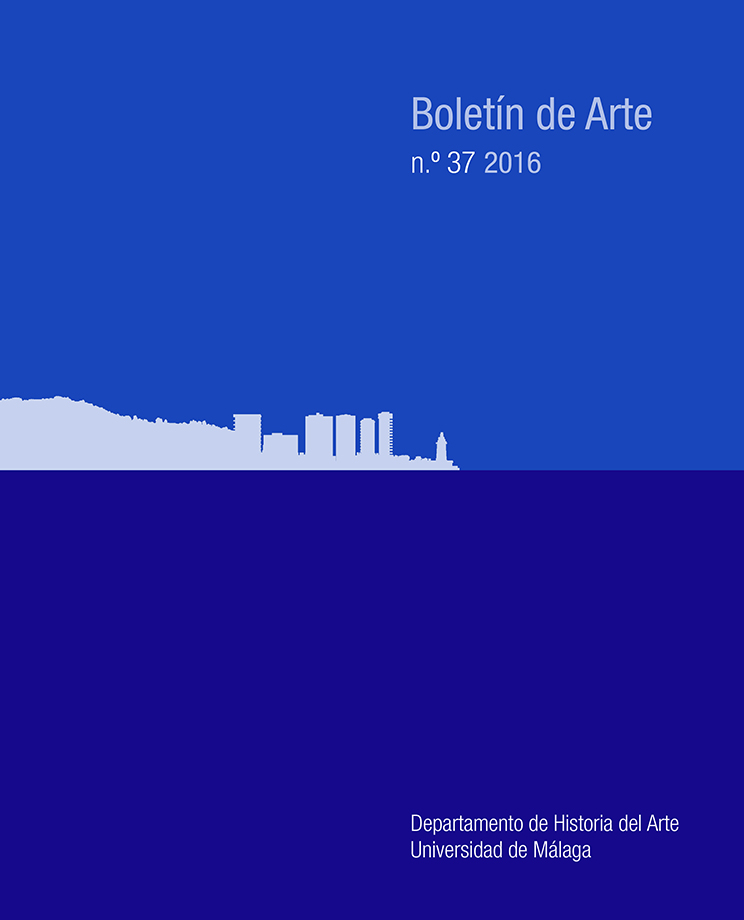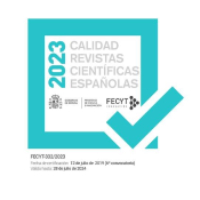The Infant Jesus as Divine Love: a Dressed Sculpture from Évora’s Museum.
DOI:
https://doi.org/10.24310/BoLArte.2016.v0i37.3428Resumen
The «Infant Jesus as Divine Love» is a noteworthy example of the exuberance reached by dressed sculptures of the Holy Child in Portugal [1]. The provenance of this 18th century sculpture is unknown1. It may have belonged to a religious institution, before being integrated in the Public Library collection. Finally, in 1915, it was incorporated in Évora’s National Museum. It is a lead sculpture, painted with very realistic flesh tones, in consonance with an elegant shape proper of a classical and erudite workmanship. In this unusual representation the Infant is holding a silver bow, arrows and a quiver, personifying Divine Love. In the left hand he holds a flower bouquet made of silk and paper.Descargas
Métricas
Descargas
Publicado
Cómo citar
Número
Sección
Licencia
Todos los contenidos publicados en la revista Boletín de Arte están sujetos a la licencia Creative Commons Reconocimento-NoComercia-Compartirigual 4.0 cuyo texto completo puede consultar en <http://creativecommons.org/licenses/by-nc-sa/4.0>

Los/as autores/as cuyas contribuciones sean aceptadas para su publicación en esta revista conservarán el derecho no exclusivo de utilizar sus contribuciones con fines académicos, de investigación y educativos, incluyendo el auto-archivo o depósito en repositorios de acceso abierto de cualquier tipo.
La edición electrónica de esta revista esta editada por la Editorial de la Universidad de Málaga (UmaEditorial), siendo necesario citar la procedencia en cualquier reproducción parcial o total.











4.png)
